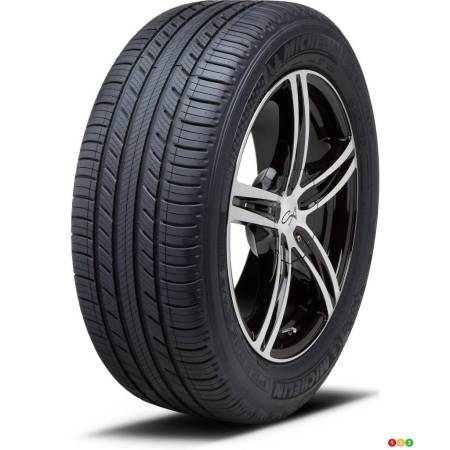4-season tire vs. winter tires: which one to choose?
Every driver's primary concern is to arrive at their destination safely. One of the crucial elements to be considered for this safety is the choice of tires. Tires play an important role in a vehicle's performance on a given road. In this article, I'll show you the difference between winter and 4-season tires, and help you make the best choice for your car.
Differences between 4-season and winter tires
4-season tires enable unrestricted driving in all seasons. In other words, their use is not limited to a given period, unlike winter tires. The latter are reliable in winter and in mountainous areas. What are the differences between 4-season and winter tires? I'll tell you everything in this section.
4-season tire
There are a large number of tyres on the market, but I can only present you with the most recommended. The 4-season tyre is specially designed for year-round use.
The rubber used in these tyres has a component called "silica", which has the particularity of not stiffening when temperatures fall below 7°C. This gives 4-season tyres the advantage of year-round versatility: flexible in winter and rigid in summer, to ensure good contact with the road (except in extreme conditions).
Winter tyres
Did you know? Winter tyres contain more rubber and silica than any other tyre on the market. This large amount of material gives them uneven grip on winter roads, with a softer rubber compound for better roadholding. The pneumatics specially designed for winter is recommended when the ambient temperature is below 7 degrees Celsius. During the winter, this pneumatics also has a greater efficiency than 4 season tires.

Des structures de pneus différentes
So far, we've compared 4 season and winter tires based on their compositions. But I want to tell you that their structure must also come into play to make the difference.
4-Season tires have a shallower tread pattern than other existing tire categories. They also have fewer sipes than winter tires. They have a less complex shape and structure than winter tires.
Performance: 4-Season Tires Offer Greater Versatility
As the name suggests, winter tires are designed for winter conditions. I can also confirm that they perform well enough on roads where the temperature is between 7°C and -20°C, but we strongly advise against using them in summer, otherwise they will wear out prematurely. In my experience, winter tires are resistant to wet roads and give the driver good control of the vehicle when there is little snow (in the event of heavy snow, snow chains are recommended).
As 4-season tires, they combine the characteristics of both winter and summer tires. In winter, they allow you to drive safely on snow-covered or wet roads. And in summer, they give you good grip on dry roads. These tires offer many benefits, but they are not without limitations.
4-Season tires are not built to withstand extreme conditions. For a very harsh winter season, for example, a winter tire is still the best choice. However, if you're looking for a unique way to avoid changing your tires every season, not to mention the headache of storing them, then simply opt for a 4-season tire.
The purchase of a set of summer tires and a set of winter tires could also justify the purchase of rims to facilitate the rotation and avoid the cost of dismounting/mounting and complete balancing at each change of season for those who have only four rims. In the latter case, also remember to mark your tires on the inside ("AVG" for front left or "ARD" for rear right) so that your centre can reposition your tires in the same place on the vehicle next season.
What does the law say about these tires?
As of 2021, winter or 4-season tires will be mandatory in mountainous areas in 48 French departments. These tires must carry the 3PSMF and/or M+S symbol. Another option is to wear chains or snow socks in the boot. This requirement applies from the beginning of November to the end of March.
Good to know: As of November 1, 2024, 4-season tires will no longer be allowed in areas covered by this law! Winter tires are therefore the preferred choice.


